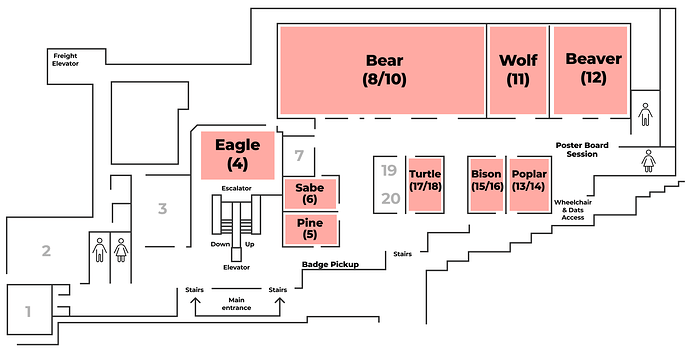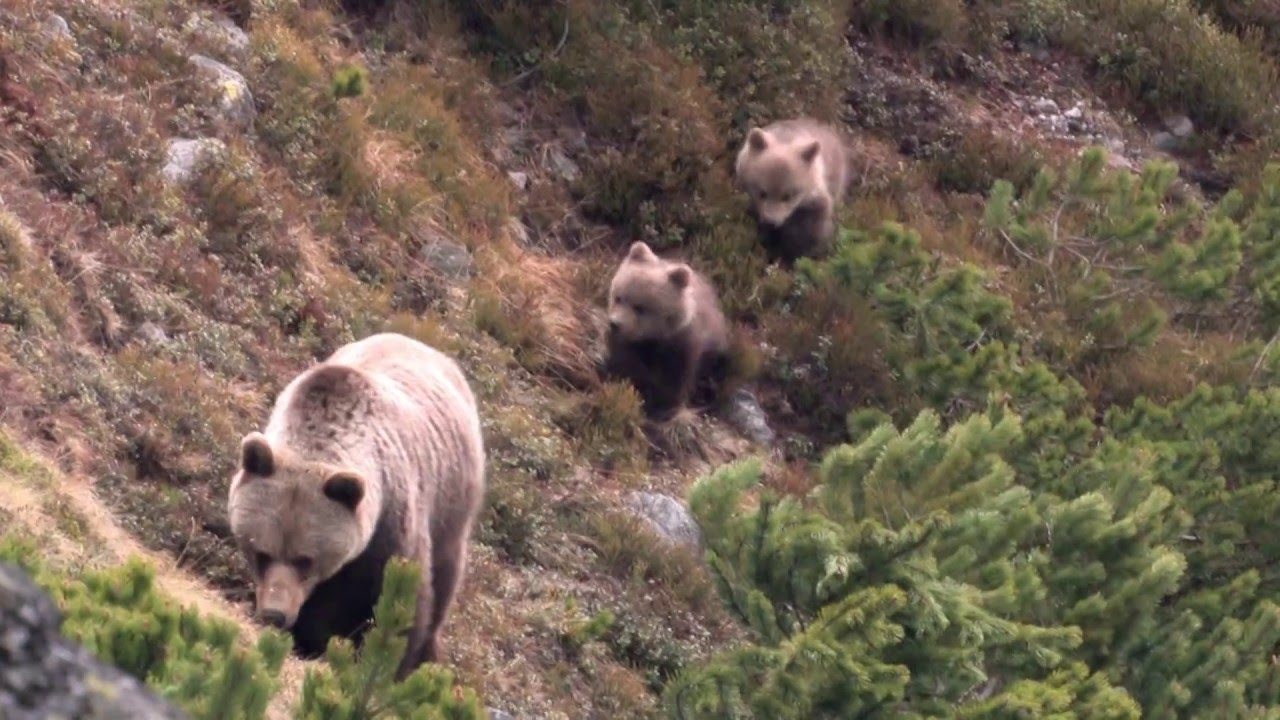In alignment with the conference vision we are applying a naming convention for the nine conference venue rooms using Two Eyed (Naming?). These are now reflected in the Sched program and will be with displayed on site signage.
We thank Darrion Letendre @Darrion for suggesting a practice, following his summary how the Seven Sacred Teachings are symbolized by seven animals.
The Seven Sacred Teachings, or Grandfather teachings, serve as a guide to which all people can follow. These teachings, when followed, allow us to live in better relations with ourselves, each other, and our whole world. Tanya Talaga reminds us that we are “connected to all and to each other.” These teachings have been passed down throughout the generations in the hope that we may live in balance, but not just to those who look like us, but also with “nature, with the Earth, sky, and water,” (Talaga, 2022).
Each numerically named Salon Room (Salon 4, Salon 5, Salon 8/10) has a new name reflecting animals that are symbolic of the Seven Sacred Teachings. Since we needed a total of nine, we added species of trees found in this region. We’ve placed the two trees on the edges to represent a sheltered place for all the animals.
Therefore you will see in all materials the new venue names named after animals and trees (and Salon room numbers in parentheses) . The meanings of the animals are common but not universal, and we invite you to consider and share your own cultural understanding or connection to each (reply below!).
Two-Eyed Seeing of Venue Names
As you move in these spaces, we invite you to give thought to how these animals and trees as symbols may braid with the activities happening in each, as well as to how they are represented in the world’s largest OER.
-
Bear (S8/10)
Bear carries the gift of Courage, because of its strength and natural ability to overcome challenges. A mother bear, for example, will stand against a much larger, stronger, male bear or other threat to protect her cubs. -
Beaver (S12)
Beaver carries the gift of Wisdom because it utilizes its gifts in ways that promote wellness for itself and its family. -
Bison (S15/16)
Bison carries the gift of Respect, because early Indigenous Peoples relied on the Bison for food, clothing, shelter, medicine and art. The Bison will always be held in high regard for helping Indigenous Peoples flourish. -
Eagle (S4)
Eagle carries the gift of Love, because of its unique relationship with the Creator. Only the Eagle has the ability and strength to fly higher than any other animal, thereby placing it closest to Creator than all others. Eagles are loving parents and teachers to their offspring, protecting and guiding them. -
Pine (S5)
Pine is often a symbol of peace, as well as wisdom and longevity. -
Poplar (S13/14)
Poplar trees with their broad canopies and strong root systems are a symbol of sustainability, providing shelter and nourishment. -
Sabe (S6)
Sabe (Sasquatch, also represented by Raven to some) carries the give of Honesty, because it is closer to the Creator than to humans. It is believed that the Sabe used to walk among humans to remind us of the Creators wish for us to remain true to our natural forms. -
Turtle (S17/18)
Turtle carries the gift of Truth, because it is one of the oldest animals on our planet and is said to have witnessed Creation. The Turtle is grounded, methodical, careful, and attentive to details – important qualities for those who speak the truth. Turtle Island is a Creation Story that refers to the origin of the lands of North America. -
Wolf (S11)
Wolf arries the gift of Humility, because of its giving nature and devotion to protecting and working for the welfare of the pack.
For more on the Seven Sacred Teachings see Tanya Talaga’s column “This graduation season, let’s all follow these seven sacred teachings” (June 20, 2022 Globe & Mail) as well as the chapter on the Seven Sacred Teachings in Centennial College’s open textbook Our Stories: First Peoples in Canada.
Please add to conversations below-- in the place you live, do these animals / trees symbolize characteristics or traits? What ones are well known as symbols there?

